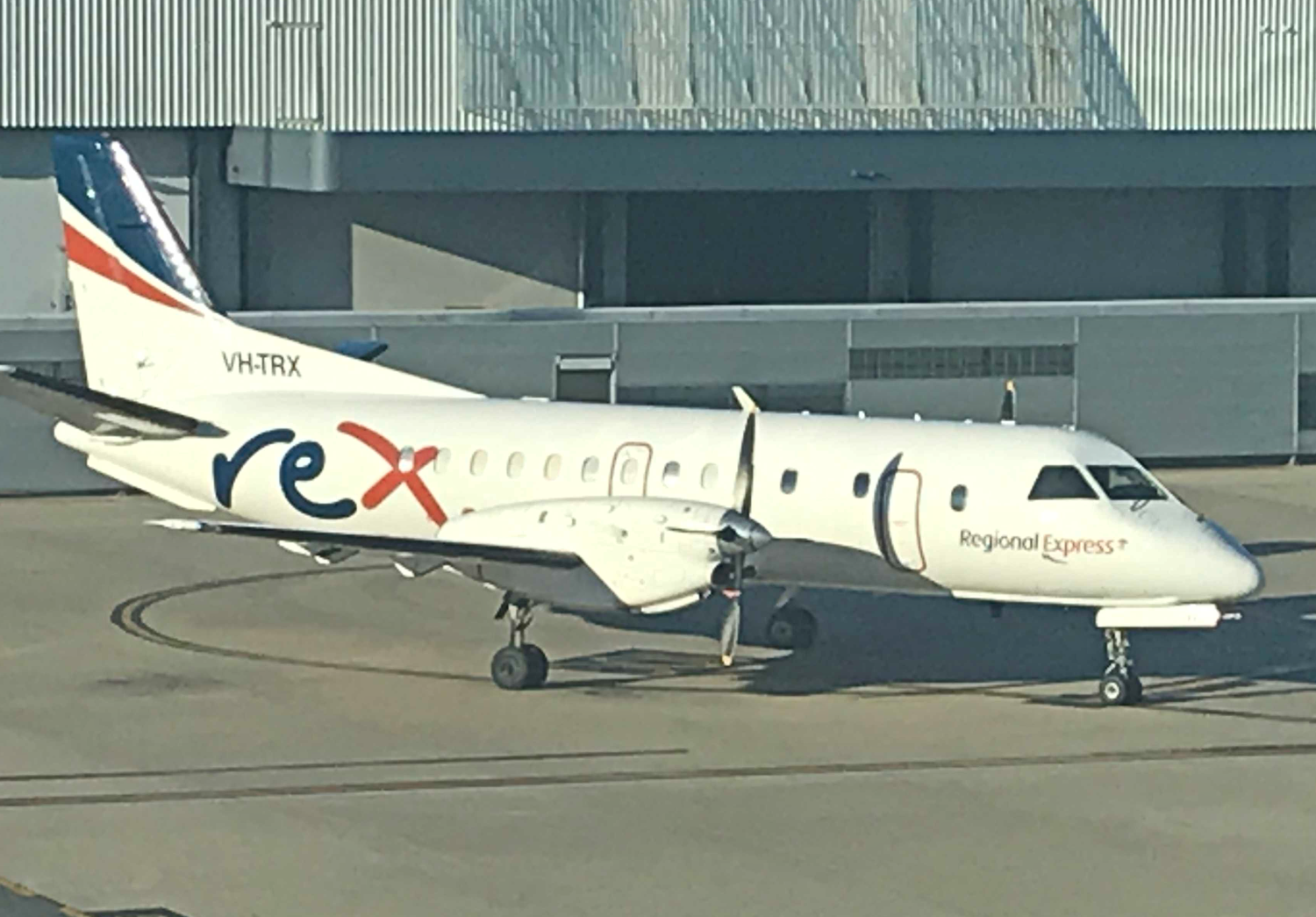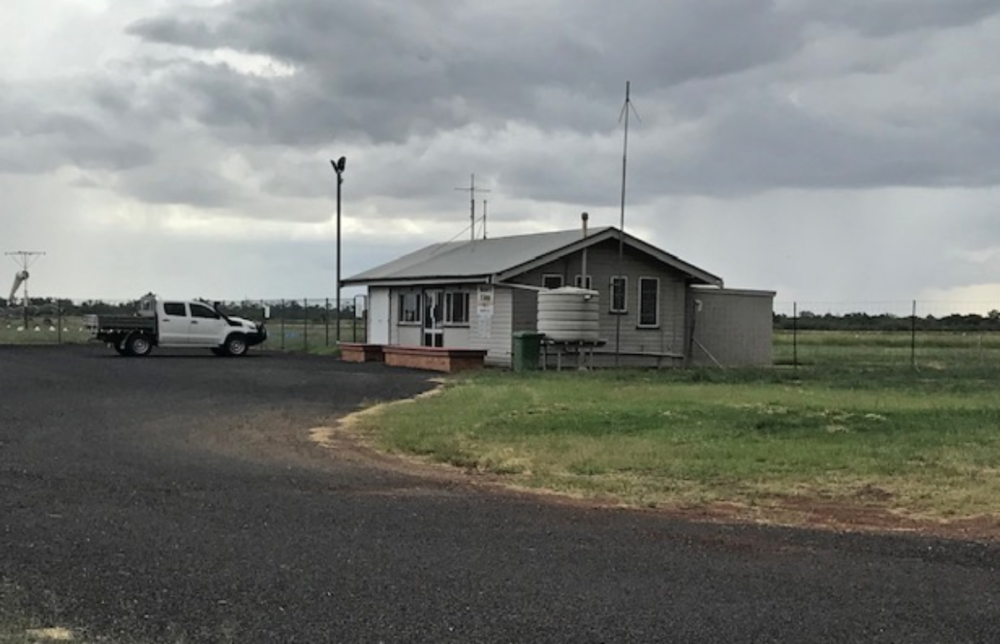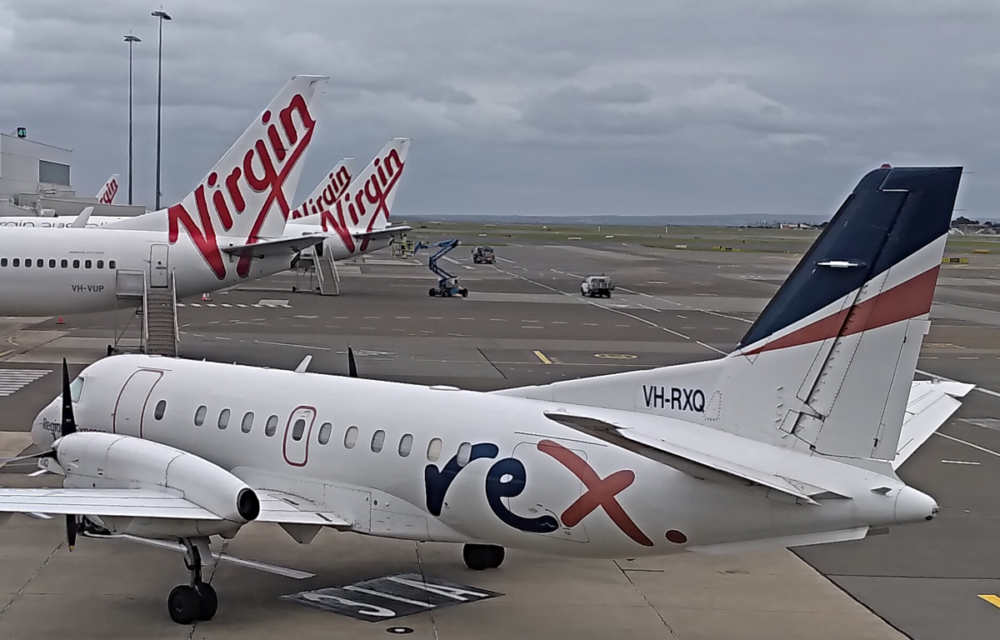Rex's new Boeing 737 services between Australia's big cities have grabbed the headlines lately. But the airline's core business is regional flying to small towns. Rex's turboprops link the country to the city and are a familiar sight at Australian airports. But those turboprops are not getting any younger. Nonetheless, it seems like Rex will stick with them for a while yet.
Rex's fleet of 60 Saab 340 planes have an average age of over 26 years. But according to Rex's Deputy Chairman John Sharp, the Saabs have a lot of life left in them yet.
"They are the most brilliant aircraft," Mr Sharp told a CAPA Live event on Wednesday. "They are very cost-effective. They are very strong, robust aircraft, and they will put up with a lot."
Stay informed: Sign up for our daily and weekly aviation news digests.
Rex's Saab 340s provide a vital service
Rex's Saabs fly into big airports like Sydney, Melbourne, Brisbane, and Perth. But of the 60 plus airports Rex flies to, most are fairly quiet airstrips that only see a few commercial flights a day. Or sometimes, only a few commercial flights a week. Rex fills its Saabs with city-based professionals, public servants, and medicos heading out to the country for some fly-in-fly-out work. In the other direction, country residents head to the city on Rex for appointments and medical matters.
These flights crisscross the country and provide a vital public transport service. But many passengers say the Saabs are old, noisy, and like taking a bus. There has been speculation for several years about Rex replacing its Saabs.
Rex signed an MOU with ATR in 2020 to investigate fleet renewal
In mid-2020, Rex and ATR signed a memorandum of understanding regarding renewing and complementing Rex's fleet of Saab 340s.
"We are delighted to be able to cooperate with such a great and well-proven company as Rex," said ATR's Fabrice Vautier at the time. "It is vital that communities and businesses can continue to prosper thanks to regional routes, and we believe ATR aircraft range provides a sustainable and dependable transportation system to airlines and the regions that they serve.”
But it is quite a leap from a 34 seat Saab 340 to an ATR 72-600 that comfortably seats double that number. While an ATR 72-600 might work nicely on some of Rex's busier regional routes - say to Port Lincoln or Port Macquarie, it is much too big for many of Rex's thinner regional routes.
Nothing wrong with the Saab 340, says Rex's Deputy Chairman
According to John Sharp, Rex's Saabs may be old, but there is nothing wrong with them, and he doesn't see them leaving the fleet for some time.
"They are brilliant for regional flights, flights from one to two hours, they're really good at that. We're good at maintaining and operating them. Theoretically, we could go another 10 to 15 years with the Saabs because they've got enough life left in them.
"Like all these things, it will come down to the cost of maintaining them versus the cost of buying new ones. The second part will be demand. If we actually find these routes grow so much that we need to put on larger aircraft, then we will.
"The Saab offers small, cost-effective flights that give frequency and frequency gives convenience and convenience brings more passengers."
Judging John Sharp's comments, the Saabs aren't going anywhere for a while. While fleet renewal is inevitable, it doesn't appear to be a short to medium-term priority at Rex. With more Boeing 737-800s coming into the fleet, the Deputy Chairman suggests they could use them on some flights on some busier regional routes in the future. But for most of Rex's country-based passengers, the Saab 340 will be flying them for some years to come.



